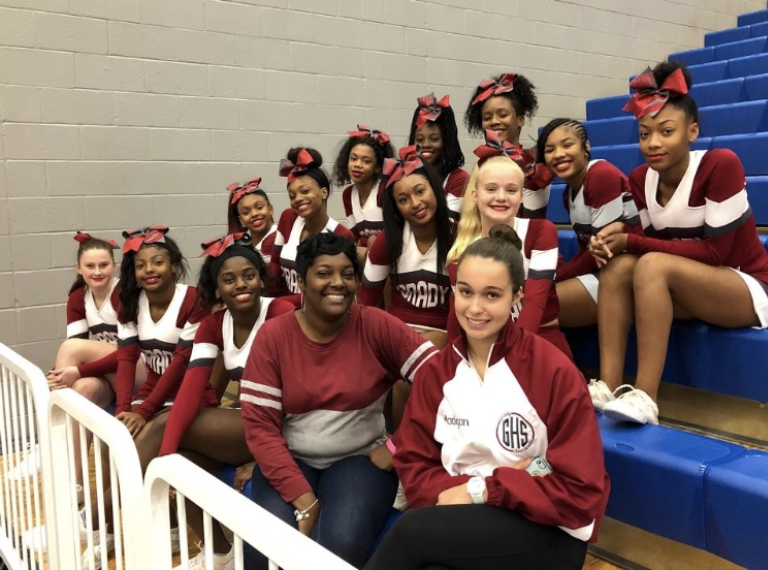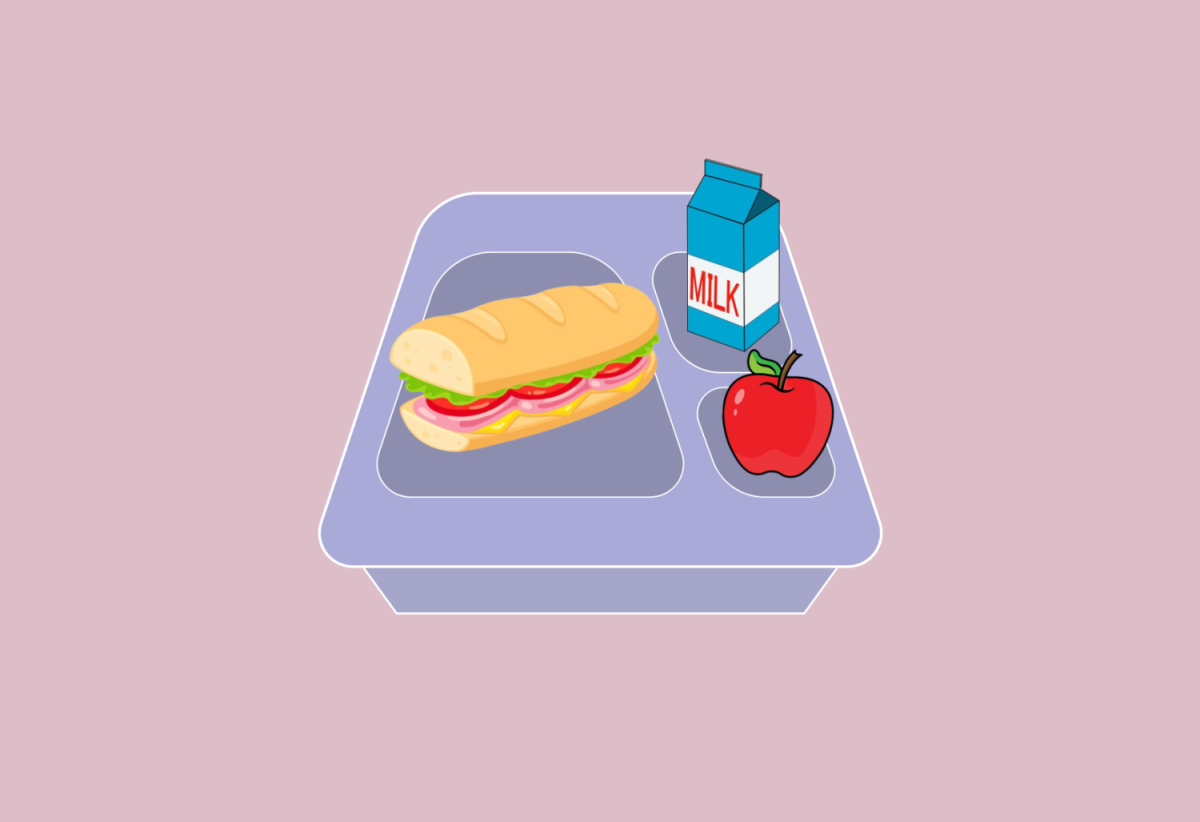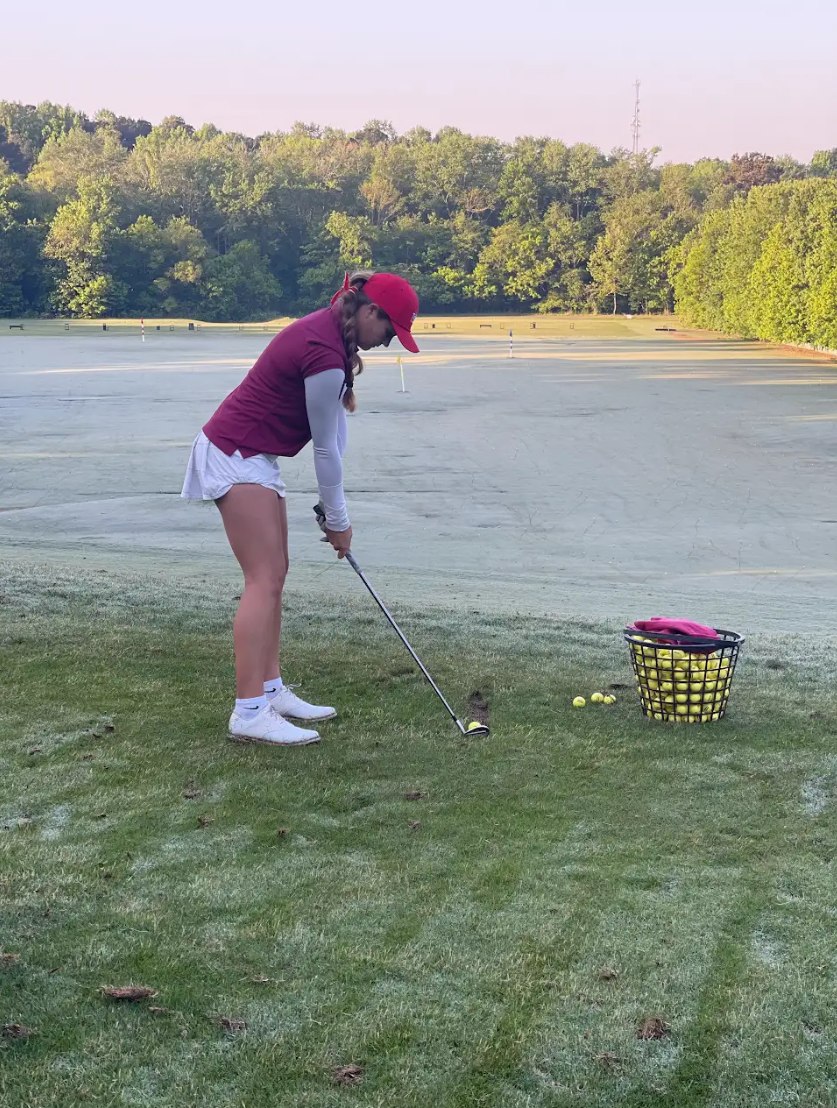Grady cheerleaders face challenges
The Grady cheerleaders practice almost everyday to prepare for games.
January 20, 2019
Cheerleading is stereotyped as the popular sport that every girl wants to join, but waving pom poms and shouting at football games does not encompass the skill level that cheerleaders have to possess.
Many of the cheerleaders at Grady have been participating in the sport from a young age. Junior Skye Greene has been cheering since she was six.
“I cheered outside of school when I was younger, mainly because I was I was too young to cheer for my school,” Greene said. “I’ve been wanting to cheer ever since because I developed a strong passion for it at such a young age.”
These skills that the cheerleaders acquire over time help them in their strenuous practices every day. They have intense training three to five times a week that run long hours.
“With competition cheer, the practices are harder, which makes it more challenging. There would be more conditioning, more tumbling, more stunting, and more more jumping,” freshman Jada Burbridge said. “The practices are just overall more intense because we have to perfect our routine, and it’s all just to perform for two minutes and thirty seconds.”
With all the hard work the cheerleaders put in at practice, numerous Grady students don’t even know that a competition cheer team exists.
“The sideline team is more popular just because it follows the stereotype of what cheerleading is- jumping around yelling cheers with pom poms, cheering on a football or basketball team,” Burbridge said.
However, the sideline cheer team faced some difficulties with the low attendance at varsity football games.
“During sideline cheer we are in front of the crowd, hyping and cheering on our teams for the win and engaging with the fans, trying to keep the spirit high,” Greene said. “Having a student section and support in the stands motivates us and encourages the football team to do better, and having that support makes a big difference in the performance level of the team.”
Because of the low attendance, many of the cheerleaders focused on the more challenging competition cheer team.
“Even though you are performing under pressure, showcasing all of your hard work in front of judges is the best thing ever,” Greene said. “Being out there on that blue mat with my teammates, giving it our all, and the adrenaline rush, intensity and overall hope that we do our best is the most satisfying feeling ever.”
Burbridge agrees.
“It’s very fun to watch a routine that was put together for many girls (and sometimes boys) that have worked so hard to show just a two and a half minute routine that showcases everyone’s talent,” Burbridge said.
Although, the more advanced routines present dangerous circumstances and room for injuries.
“The competition team is a lot of hard work and requires long hours of practice. The stunts are extremely dangerous and we have a lot of injuries each year,” sophomore Madigan Duncan said, who competed on the competition team last year. “The routine is extremely tiring and difficult, and it takes a lot of endurance and strength.”
Even with these challenges, the competition cheer team shows a different side to cheerleading.
“I love competing. I like being pushed out my comfort zone, and competing pushes me to do stuff I don’t usually do or even stuff I’ve never tried before,” Greene said.
Almost all cheerleaders have heard the common saying that “cheerleading is not a sport”. It’s the stereotypical argument that often comes up in schools, movies, and T.V. shows.
“You have to always hear the comment ‘cheer is not a sport’ or ‘cheerleaders are pointless,’ and it’s hard because you would want to defend what you do or what you love and try to get people to understand, which might not always work because they don’t see everything that cheerleaders do,” Burbridge said.
Grady students who play other sports like soccer or lacrosse are often the ones who make these comments.
“I don’t think sideline cheer is a sport. In my eyes, a sport requires some form of competition, so in that regard, I do believe competition cheer is a sport but sideline cheer is not,” varsity lacrosse player Emma Uppelschoten said.
The advanced skills needed for the competition team often aid cheerleaders when they have to respond to these aggravating comments.
“The competition team trains us as athletes arduously for the one chance to showcase all of our hard work,” Greene said. “Competition gives us the opportunity to execute our strength, flexibility and tumbling skills while performing to the best of our ability under crazy pressure, hoping to be perfect, so competition cheer requires a lot more skill than sideline cheer,”
When you play a sport in high school, many athletes are developing their skills to try and get recruited by a college. That is not the case for most cheerleaders.
“I don’t plan on cheering in college because all good things must come to an end,” Greene said. Getting a medical degree is stressful and so is cheering, but I’m not going to need cheerleading in my future.”
Even though many cheerleaders don’t follow their passion after high school, they are essential to the high school environment.
“Essentially, the cheerleaders are the face of spirit at the school from pep rallies, school events and games. A lot of attention gets aimed towards us which I think puts us at the top for being a ‘popular’ sport and gives us a lot of recognition,” Greene said.













